Home>Gardening & Outdoor>Landscaping Ideas>How To Plant Ornamental Grass
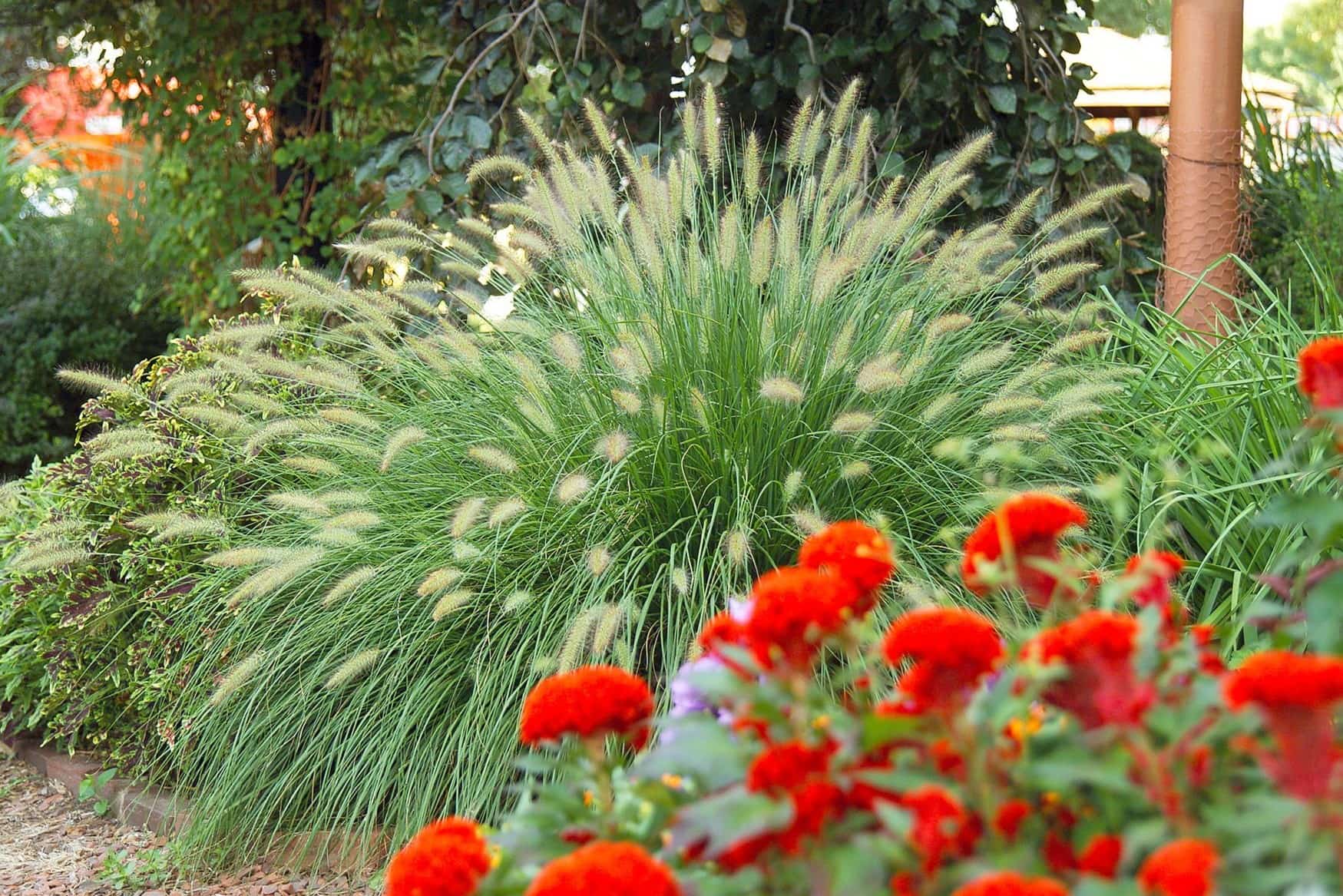

Landscaping Ideas
How To Plant Ornamental Grass
Modified: February 18, 2024
Learn how to plant ornamental grass for your landscaping ideas. Discover tips for successful growth and maintenance. Start creating a beautiful outdoor space today!
(Many of the links in this article redirect to a specific reviewed product. Your purchase of these products through affiliate links helps to generate commission for Storables.com, at no extra cost. Learn more)
Introduction
Welcome to the world of ornamental grasses, where nature's beauty meets your landscaping dreams. Ornamental grasses are versatile, low-maintenance plants that can add texture, color, and movement to your garden or landscape. Whether you're a seasoned gardener or just starting with your green thumb, planting ornamental grasses can be a rewarding and enriching experience.
These grasses come in a variety of sizes, shapes, and colors, offering endless possibilities for enhancing your outdoor space. From the graceful arching blades of fountain grass to the striking vertical presence of switchgrass, there's an ornamental grass to suit every aesthetic preference and climate.
In this comprehensive guide, we'll walk you through the essential steps for planting ornamental grasses, from selecting the right species to nurturing them for optimal growth. Whether you're aiming to create a serene backyard retreat, a vibrant border, or a dynamic focal point in your landscape, ornamental grasses can be the perfect choice to elevate the beauty of your outdoor environment.
So, roll up your sleeves, grab your gardening tools, and get ready to dive into the wonderful world of ornamental grasses. It's time to bring nature's elegance and tranquility into your own backyard.
Key Takeaways:
- Choose the right ornamental grass based on your landscape’s design, climate, and visual goals. Thoughtfully select planting locations that provide ideal growing conditions for the chosen grasses.
- Prepare the soil meticulously, ensuring proper drainage and nutrient levels to support healthy growth. Implement a consistent watering and fertilization regimen tailored to the specific needs of your ornamental grasses.
Read more: When To Plant Ornamental Grass Seed
Choosing the Right Ornamental Grass
Before you start planting, it’s crucial to select the right ornamental grass for your specific landscape and climate. With a wide array of options available, consider the following factors to make an informed decision:
- Landscape Design: Determine the purpose of the grass in your landscape. Are you looking for a focal point, a border plant, or a ground cover? Different grass species offer varying heights, textures, and colors, so choose one that complements your overall design vision.
- Climate and Hardiness: Consider your local climate and the hardiness zone of your area. Certain grasses thrive in specific climates, while others may require extra care in harsh conditions. Choose a species that is well-suited to your climate for better chances of success.
- Growth Habit: Some ornamental grasses are clump-forming, while others spread through rhizomes or stolons. Understand the growth habit of the grass you’re considering to ensure it aligns with your maintenance preferences and the available space in your landscape.
- Light and Moisture Requirements: Assess the sunlight and moisture levels in the planting area. Different grasses have varying light and water needs, so choose one that matches the conditions of your intended location.
- Seasonal Interest: Consider the visual appeal of the grass throughout the seasons. Some species offer stunning fall foliage, while others maintain their beauty through the winter. Select a grass that provides year-round interest to keep your landscape captivating in every season.
By carefully evaluating these factors, you can narrow down the options and choose the perfect ornamental grass for your landscape. Remember, the right grass will not only enhance the beauty of your outdoor space but also thrive harmoniously in its environment, requiring minimal intervention for long-term enjoyment.
Selecting the Planting Location
Once you’ve chosen the ideal ornamental grass for your landscape, the next crucial step is selecting the perfect planting location. The success and visual impact of your grass depend significantly on its placement within your outdoor space. Here are essential considerations for determining the optimal planting location:
- Sunlight Exposure: Most ornamental grasses thrive in full sun, requiring a minimum of 6 hours of direct sunlight per day. However, some species tolerate partial shade. Assess the sunlight patterns in your landscape to identify a location that aligns with your chosen grass’s light requirements.
- Soil Drainage: Adequate soil drainage is vital for the health of ornamental grasses. They generally prefer well-draining soil and can suffer in waterlogged conditions. Evaluate the drainage characteristics of potential planting sites to ensure optimal growing conditions for your grass.
- Space and Height: Consider the mature size and height of the grass species you’ve selected. Plant taller grasses towards the back of borders or as standalone specimens, while shorter varieties can be used as edging plants or in mixed plantings. Ensure that the chosen location provides sufficient space for the grass to reach its full potential without overcrowding other plants.
- Visual Impact: Assess the visual dynamics of your landscape to determine where the ornamental grass will make the most significant impact. Whether it’s to create a focal point, soften hardscape features, or add movement to a specific area, strategic placement can elevate the overall aesthetic appeal of your outdoor space.
- Climate Considerations: Take into account the microclimates within your garden or landscape. Factors such as wind exposure, frost pockets, and heat retention can influence the success of your grasses. Choose planting locations that minimize potential stress from adverse microclimate conditions.
By carefully evaluating these factors, you can identify the most suitable planting location for your ornamental grass. Remember that the right placement can maximize the visual impact of the grass while promoting its health and longevity in your landscape.
Preparing the Soil
Before planting ornamental grasses, it’s essential to prepare the soil to create a favorable environment for their growth and development. Healthy soil provides the necessary nutrients, proper drainage, and a supportive foundation for the establishment of your grasses. Follow these steps to ensure your soil is primed for successful grass planting:
- Soil Testing: Start by conducting a soil test to assess its pH level and nutrient content. Most ornamental grasses thrive in slightly acidic to neutral soil (pH 6.0-7.5). Based on the test results, you can make amendments to adjust the pH and enrich the soil with the appropriate nutrients.
- Improving Drainage: Ornamental grasses generally prefer well-draining soil. If your soil has poor drainage, consider incorporating organic matter such as compost or aged manure to improve its structure and drainage capacity. This will prevent waterlogging, which can be detrimental to the health of the grass roots.
- Adding Nutrients: Depending on the soil test results, you may need to add specific nutrients to optimize the soil for grass growth. Incorporate a balanced, slow-release fertilizer or organic amendments to provide essential nutrients like nitrogen, phosphorus, and potassium, promoting healthy foliage and root development.
- Loosening the Soil: Use a garden fork or tiller to loosen the soil in the planting area. This process helps break up compacted soil, improves aeration, and facilitates root penetration, creating an inviting environment for the grasses to establish themselves.
- Removing Debris: Clear the planting area of any debris, including rocks, roots, and weeds. These unwanted elements can hinder the growth of your ornamental grasses and compete for essential resources, so it’s crucial to create a clean and unobstructed space for planting.
By diligently preparing the soil, you can lay the groundwork for healthy and thriving ornamental grasses. Remember, well-prepared soil sets the stage for robust growth, vibrant foliage, and the long-term success of your grasses in your landscape.
When planting ornamental grass, make sure to choose a location with well-drained soil and plenty of sunlight. Water the grass regularly, especially during the first growing season, to help establish strong roots.
Planting the Ornamental Grass
With the soil prepared and the perfect location selected, it’s time to plant your chosen ornamental grasses. Follow these steps to ensure a successful and seamless planting process:
- Digging the Planting Holes: Use a shovel or garden trowel to dig individual holes for each grass plant. The depth and width of the holes should accommodate the root ball of the grass, allowing ample space for the roots to spread out comfortably.
- Spacing: Consider the mature spread of the grass species and space the planting holes accordingly. Proper spacing ensures that the grasses have enough room to grow without overcrowding each other, promoting healthy development and minimizing competition for resources.
- Removing the Plants from Containers: Carefully remove the ornamental grasses from their containers, gently loosening the roots if they appear pot-bound. Inspect the roots for any damage or signs of disease, and trim any excessively long or damaged roots to encourage healthy growth.
- Placing the Grasses: Position the grass plants in the center of their respective planting holes at the same depth as they were in their containers. Ensure that the top of the root ball is level with the surrounding soil surface to prevent issues such as root rot or exposure.
- Backfilling and Watering: Fill the planting holes with the excavated soil, gently tamping it down around the base of each grass plant to remove air pockets. Water the newly planted grasses thoroughly to settle the soil and provide essential moisture for their initial establishment.
- Mulching: Apply a layer of organic mulch around the base of the grass plants, leaving a small gap between the mulch and the stems to prevent moisture-related issues. Mulch helps conserve soil moisture, suppresses weed growth, and maintains a consistent soil temperature around the roots.
By following these planting guidelines, you can ensure that your ornamental grasses are off to a healthy start in their new environment. Proper planting techniques promote root establishment, reduce transplant shock, and set the stage for robust growth and visual appeal in your landscape.
Read more: How To Split Ornamental Grass
Watering and Fertilizing
Proper watering and fertilization are essential for nurturing healthy and vibrant ornamental grasses. By understanding the specific needs of these plants, you can ensure their long-term vitality and visual appeal in your landscape. Follow these guidelines to provide optimal care for your ornamental grasses:
- Watering: Ornamental grasses generally require consistent moisture, especially during their initial establishment and active growth periods. Water newly planted grasses deeply to saturate the root zone, and then adjust the watering frequency based on the specific requirements of the chosen species and the prevailing weather conditions. Avoid overwatering, as excessive moisture can lead to root rot and other issues.
- Drought Tolerance: Once established, many ornamental grasses exhibit excellent drought tolerance. However, during prolonged dry spells, providing supplemental irrigation can help maintain their vigor and visual appeal. Be mindful of signs of water stress, such as wilting or browning foliage, and adjust your watering regimen accordingly.
- Fertilizing: Ornamental grasses generally have modest fertility requirements. Apply a balanced, slow-release fertilizer in early spring to provide essential nutrients for the upcoming growing season. Avoid excessive nitrogen, as it can promote lush foliage at the expense of sturdy, upright growth in certain grass species.
- Organic Amendments: Consider incorporating organic amendments such as compost or well-rotted manure around the base of the grass plants in spring. These natural fertilizers enrich the soil, improve its structure, and provide a slow release of nutrients, supporting the overall health and resilience of the grasses.
- Monitoring and Adjusting: Regularly monitor the moisture levels and overall health of your ornamental grasses. Adjust your watering and fertilization practices based on the specific needs of the grass species, the prevailing weather patterns, and the visual cues exhibited by the plants.
By providing appropriate watering and fertilization, you can support the growth, vitality, and ornamental value of your grasses, ensuring that they thrive and contribute to the beauty of your landscape for years to come.
Pruning and Maintenance
Pruning and maintenance play a crucial role in ensuring the long-term health, visual appeal, and vitality of ornamental grasses. By implementing proper care practices, you can promote vigorous growth, prevent potential issues, and enhance the aesthetic impact of these versatile plants in your landscape. Follow these guidelines for effective pruning and maintenance of your ornamental grasses:
- Spring Cleanup: In late winter or early spring, trim back the previous year’s foliage of warm-season grasses to a height of 2-3 inches above the ground. This rejuvenation pruning removes dead or damaged growth, making way for fresh, new growth in the upcoming season.
- Cutting Back Cool-Season Grasses: Cool-season grasses benefit from a light shearing in early spring to remove any tattered or discolored foliage. Trim them to a height of 4-6 inches to encourage a flush of new growth and maintain their tidy appearance.
- Division: Every few years, consider dividing clump-forming ornamental grasses to rejuvenate their growth and prevent overcrowding. Dig up the mature clumps in early spring, divide them into smaller sections, and replant the vigorous divisions to promote healthy, robust growth.
- Removing Debris: Throughout the growing season, periodically remove any dead or yellowing foliage from the ornamental grasses. This simple maintenance task enhances the plants’ appearance and reduces the risk of disease or pest issues.
- Managing Seedheads: Some ornamental grasses produce attractive seedheads that add visual interest to the landscape. If desired, leave the seedheads intact through the winter months to provide food for wildlife and create striking winter landscapes. In early spring, trim back the seedheads to make way for the new season’s growth.
- Monitoring Pests and Diseases: Regularly inspect your ornamental grasses for signs of pests or diseases, such as aphids, rust, or fungal infections. Promptly address any issues through appropriate pest control measures or targeted treatments to maintain the health and vigor of the plants.
By incorporating these pruning and maintenance practices into your ornamental grass care routine, you can ensure that your grasses remain healthy, visually appealing, and a standout feature in your landscape throughout the year.
Conclusion
Congratulations on embarking on the journey of planting and nurturing ornamental grasses in your landscape. These versatile and visually captivating plants have the power to transform outdoor spaces, adding texture, movement, and natural elegance to gardens, borders, and various landscaping designs. As you venture into the world of ornamental grasses, keep the following key points in mind:
- Selection and Placement: Choose the right ornamental grass species based on your landscape’s design, climate, and specific visual goals. Thoughtfully select planting locations that provide the ideal growing conditions for the chosen grasses.
- Preparation and Care: Prepare the soil meticulously, ensuring proper drainage and nutrient levels to support healthy growth. Implement a consistent watering and fertilization regimen tailored to the specific needs of your ornamental grasses.
- Maintenance and Vigilance: Embrace the role of a caretaker for your ornamental grasses, engaging in regular maintenance tasks such as pruning, division, and pest monitoring to sustain their vitality and visual allure.
By incorporating these principles into your approach to ornamental grass gardening, you can create a harmonious and captivating outdoor environment that celebrates the beauty of nature. As your grasses mature and flourish, they will become enduring elements of your landscape, offering year-round interest and enriching the visual tapestry of your outdoor sanctuary.
So, whether you’re envisioning a serene retreat, a dynamic focal point, or a vibrant border, ornamental grasses can be the perfect addition to your landscape, infusing it with nature’s grace and tranquility. Embrace the journey of nurturing these remarkable plants, and watch as they weave their magic into the fabric of your outdoor haven, creating a space that beckons you to relax, unwind, and savor the beauty of the natural world.
With dedication, care, and a touch of creativity, your ornamental grasses will flourish, becoming enduring symbols of natural splendor in your outdoor oasis.
Frequently Asked Questions about How To Plant Ornamental Grass
Was this page helpful?
At Storables.com, we guarantee accurate and reliable information. Our content, validated by Expert Board Contributors, is crafted following stringent Editorial Policies. We're committed to providing you with well-researched, expert-backed insights for all your informational needs.
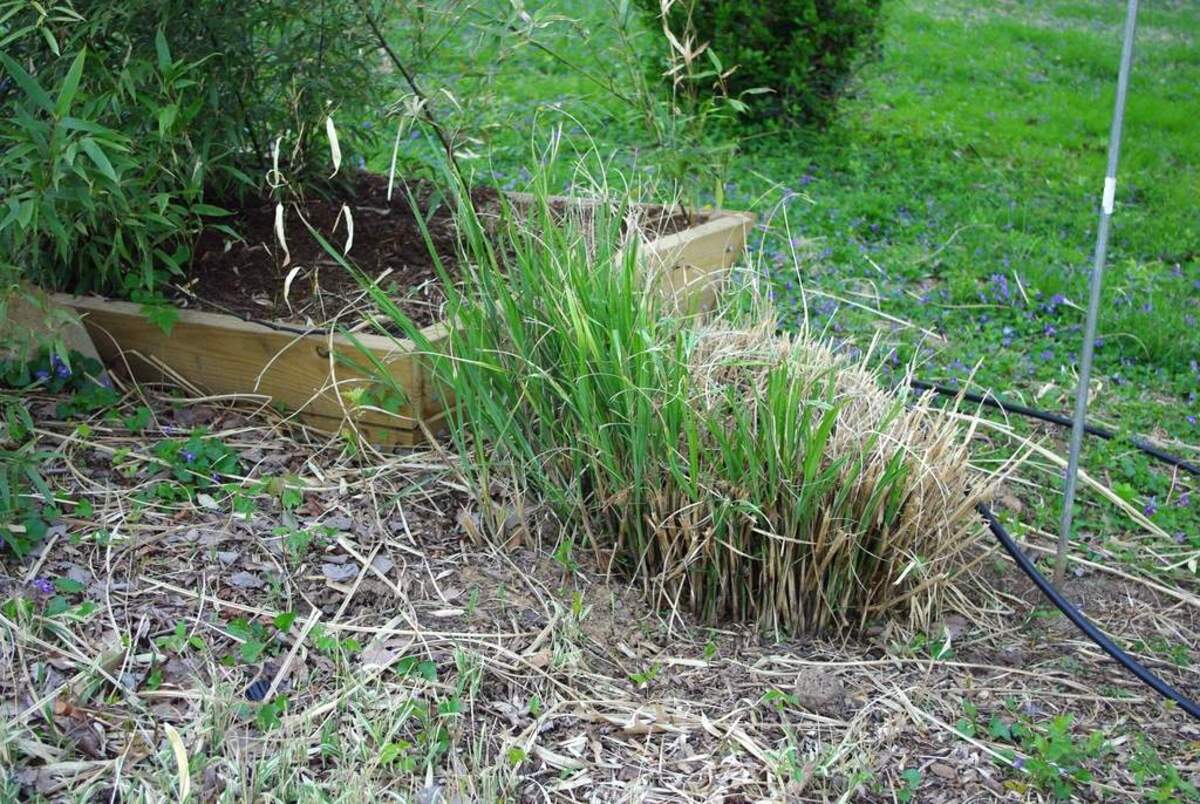
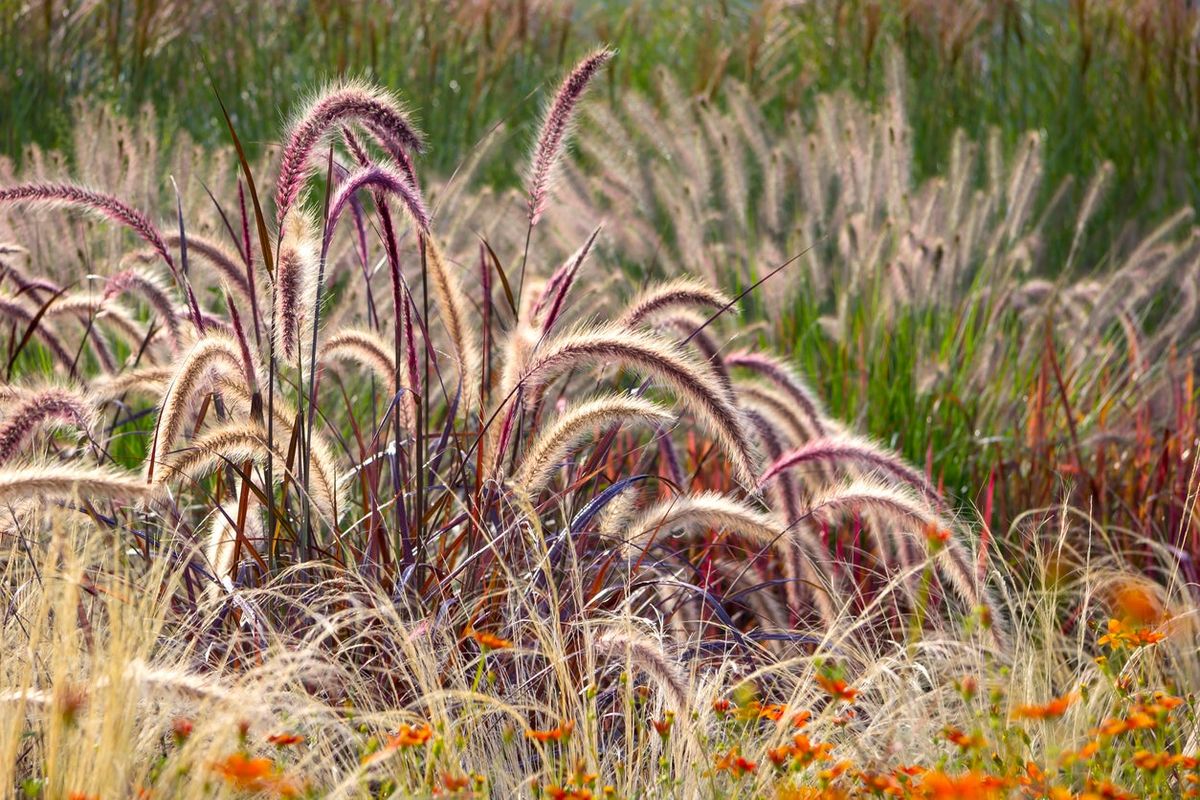
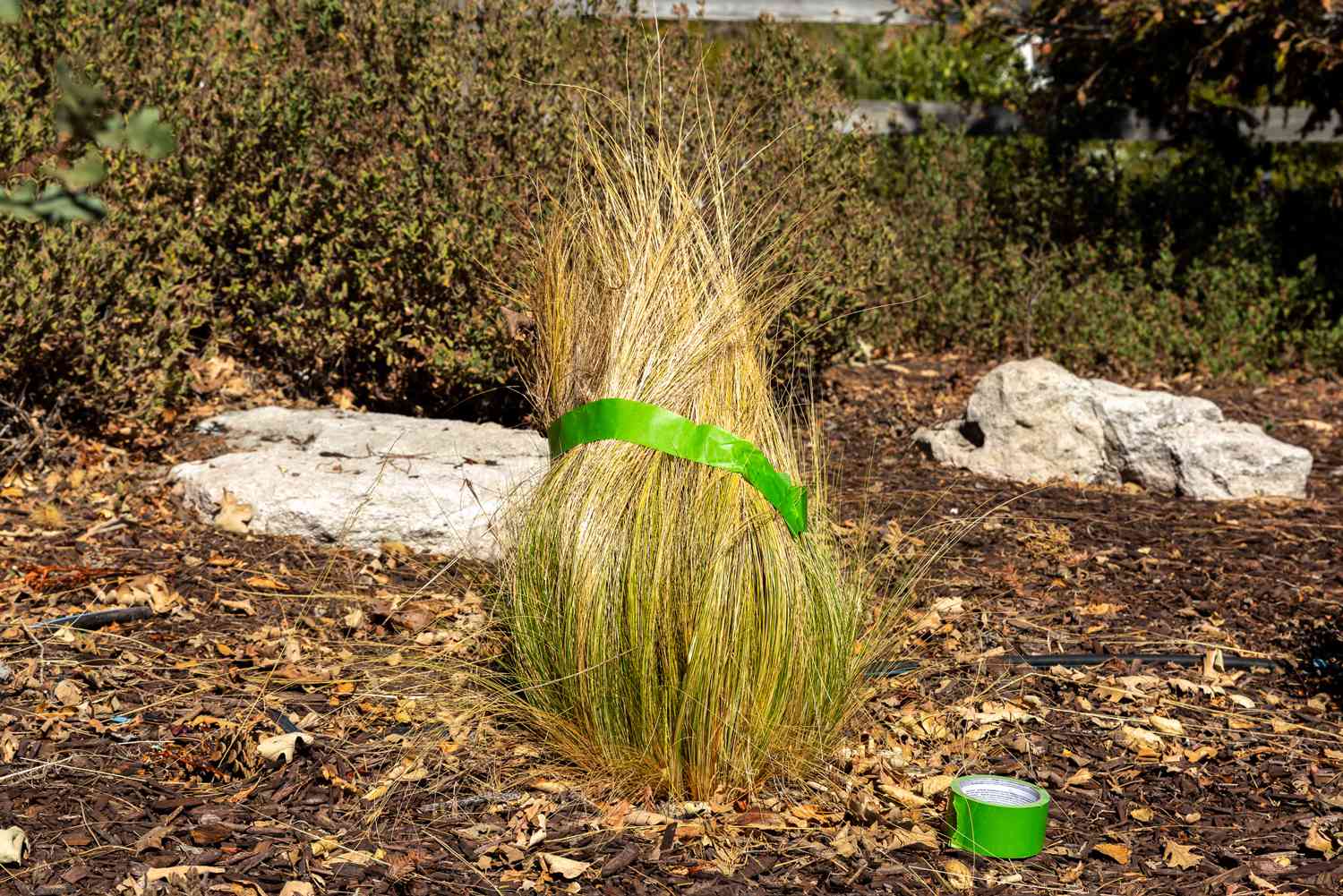
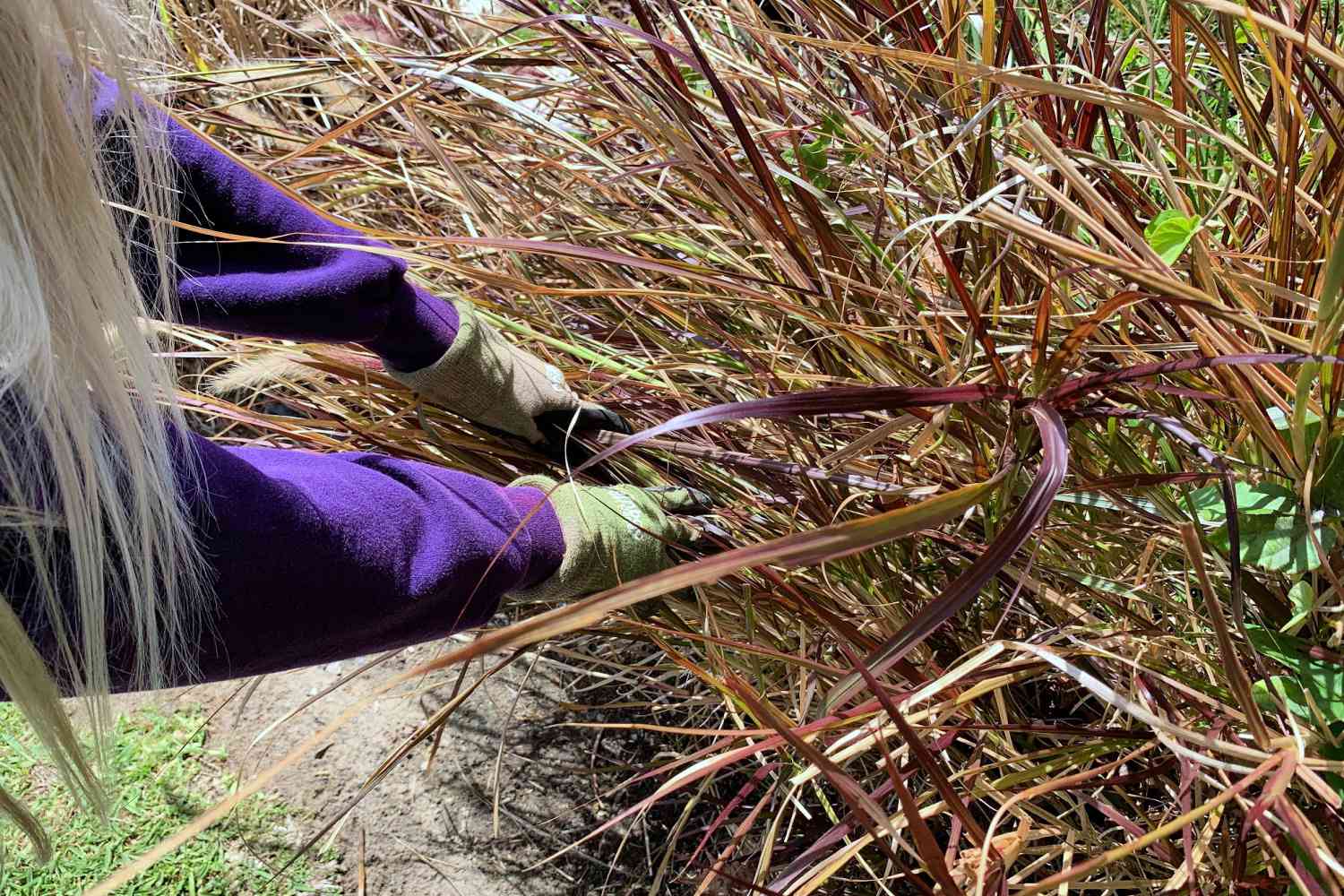
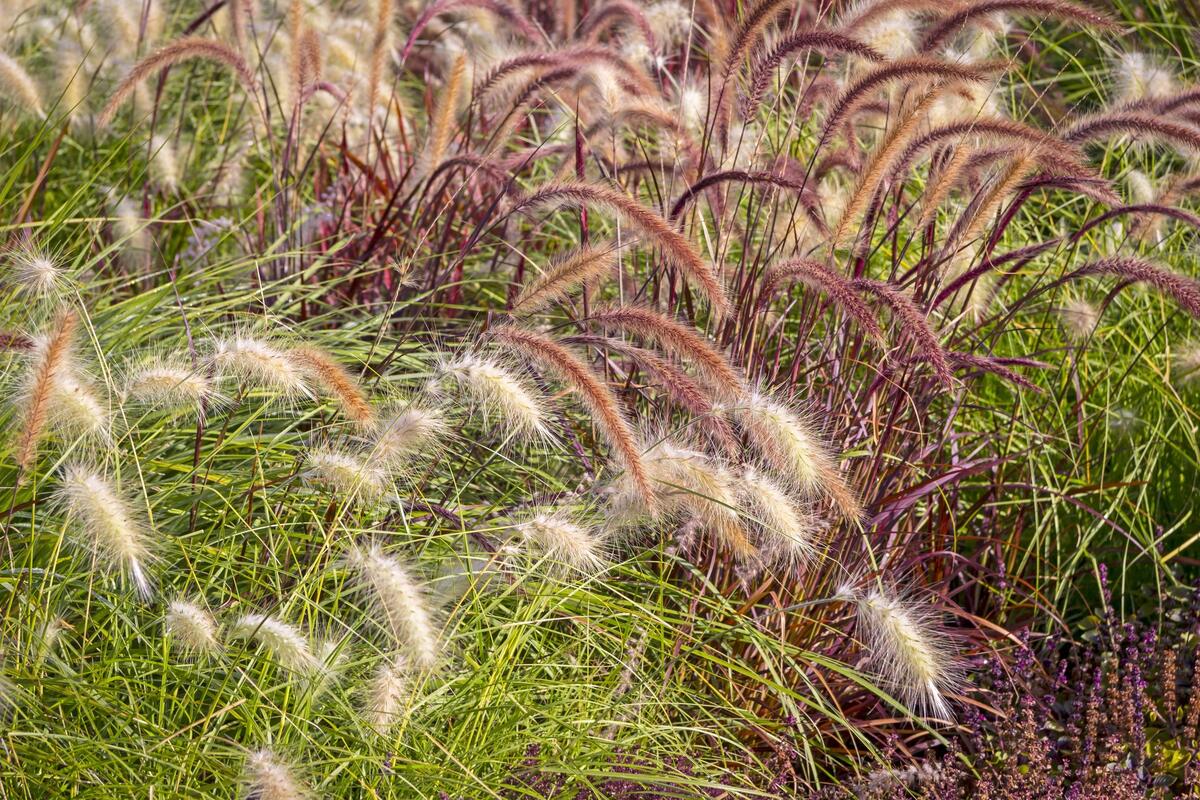
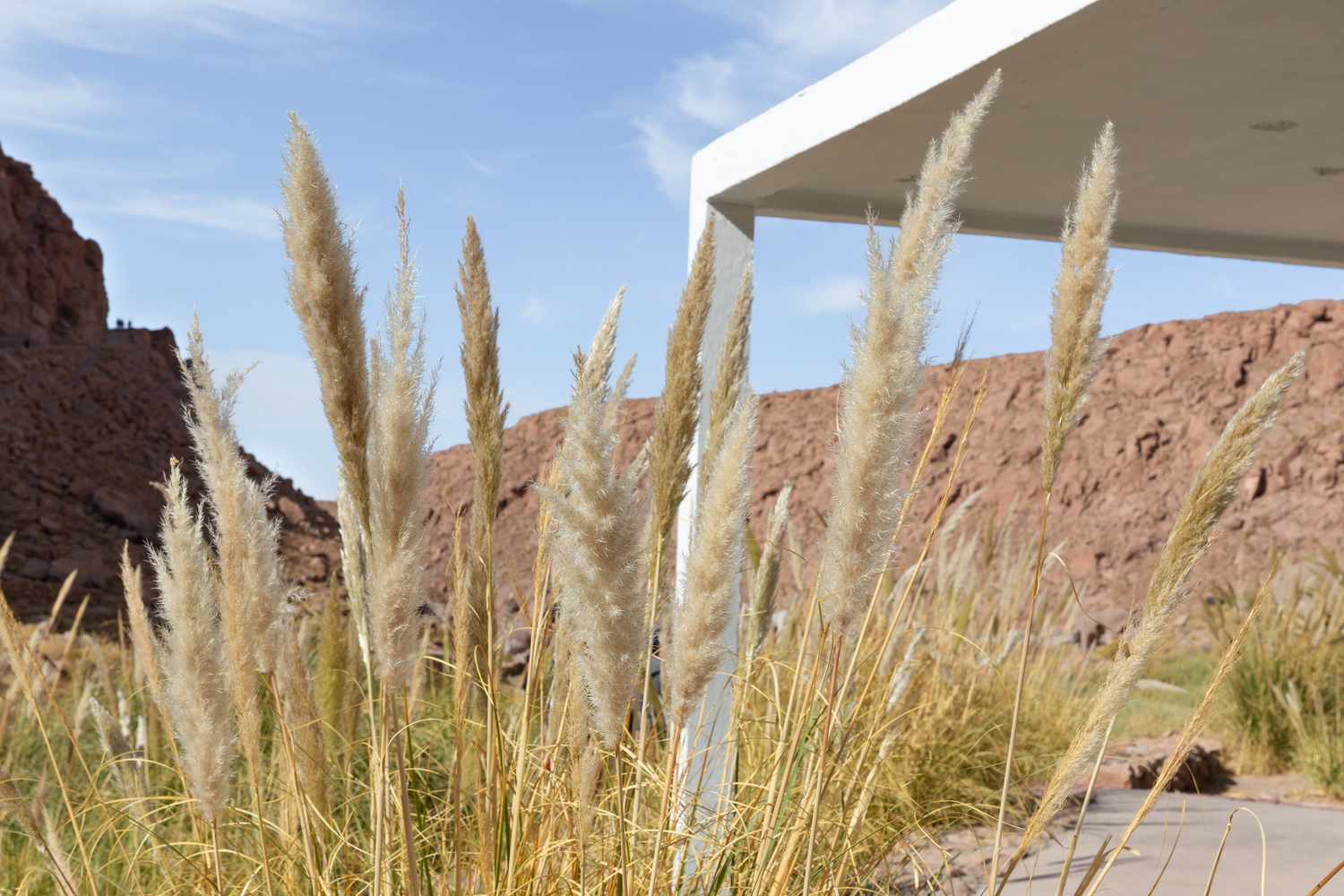
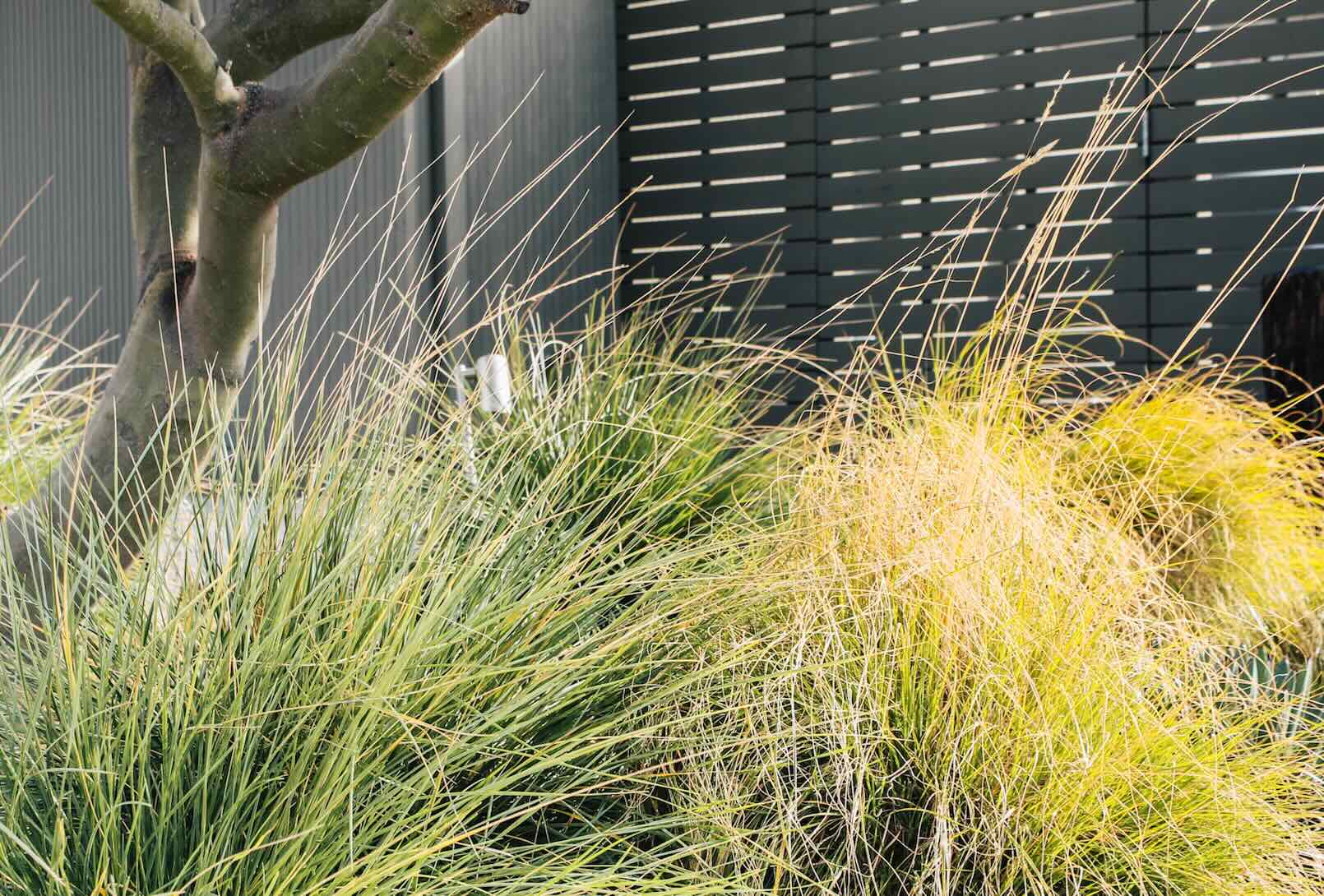

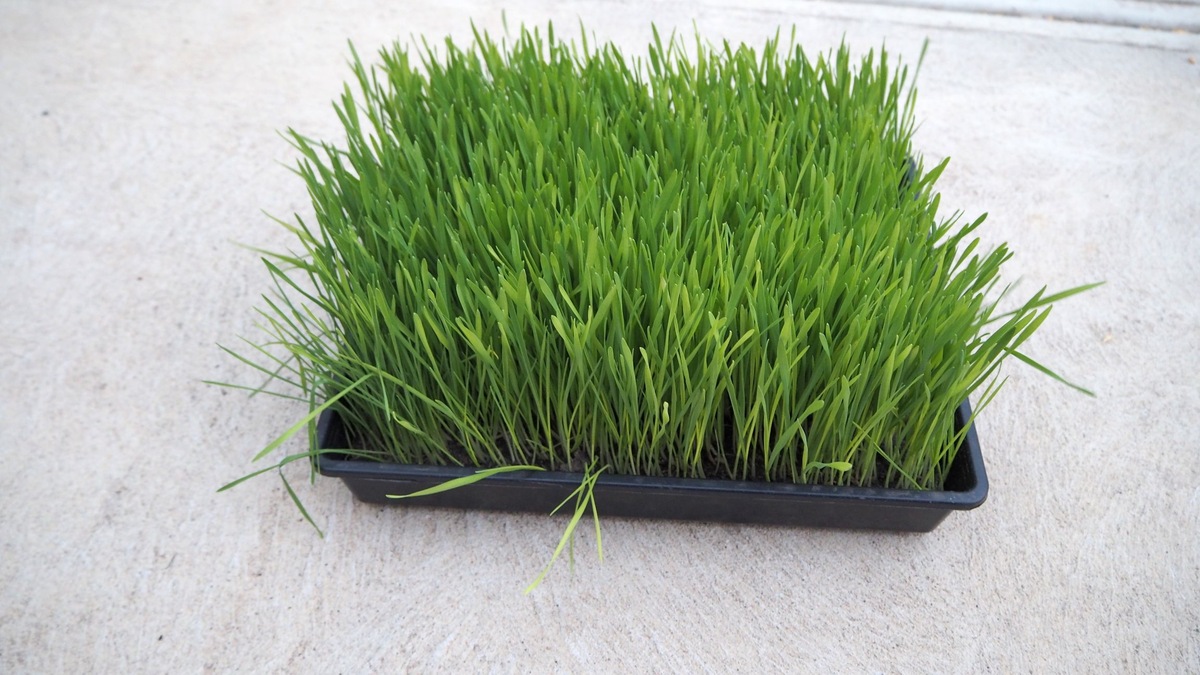

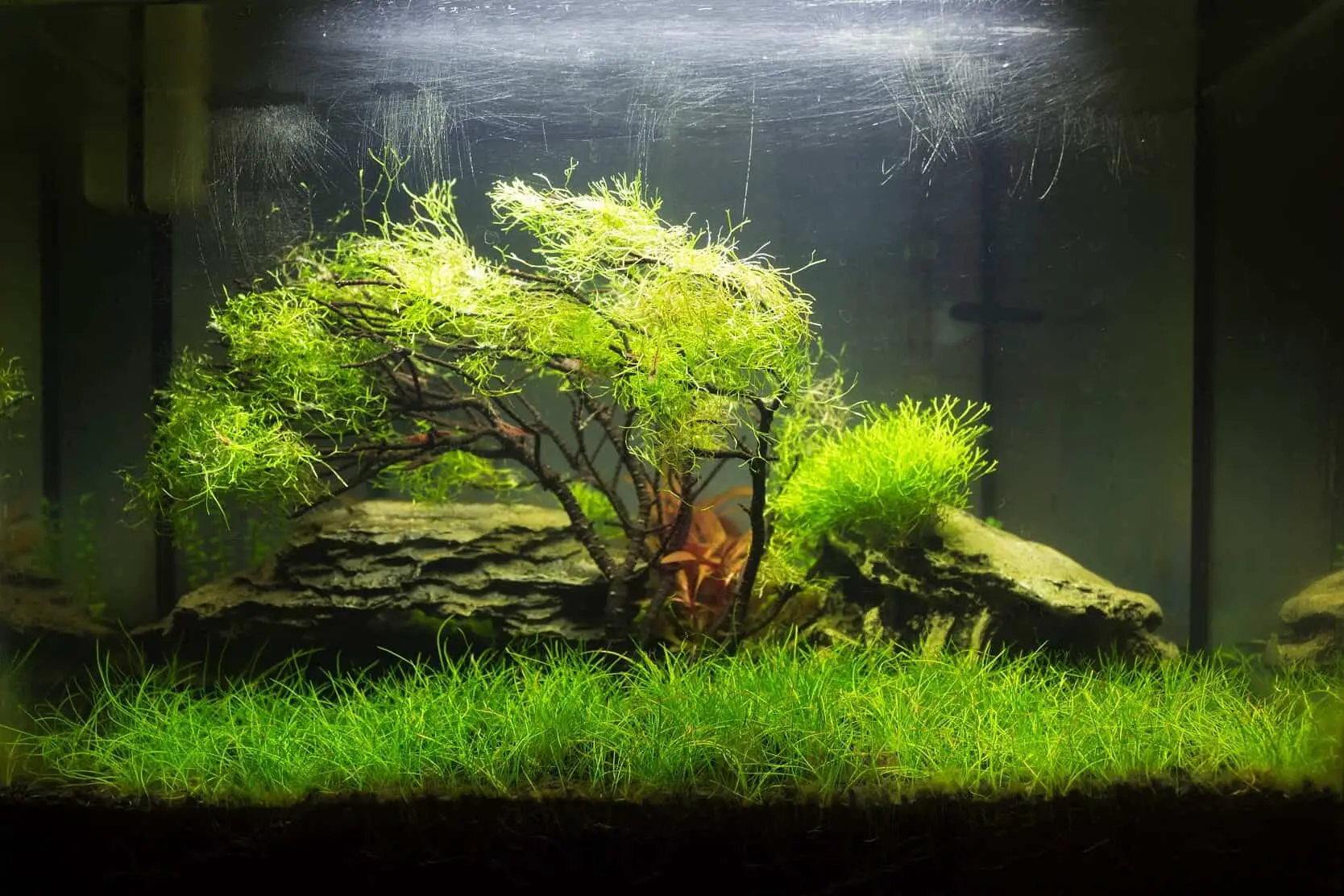
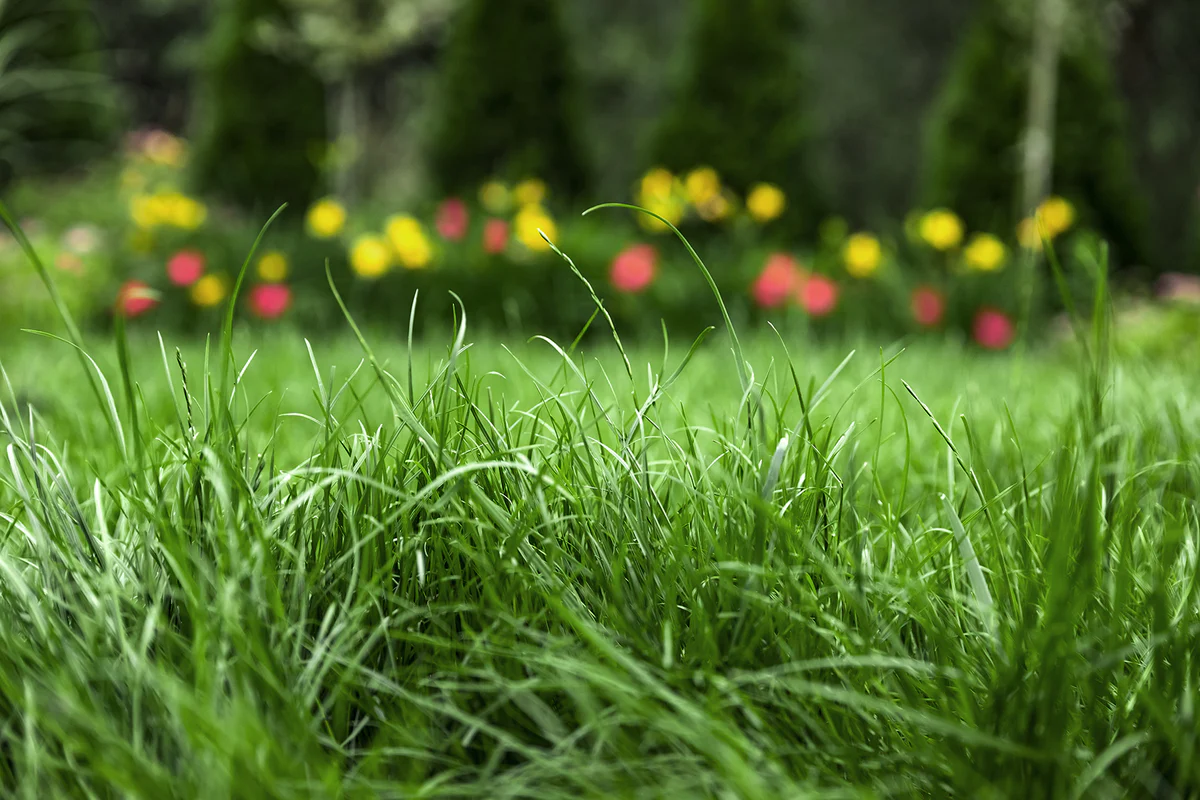
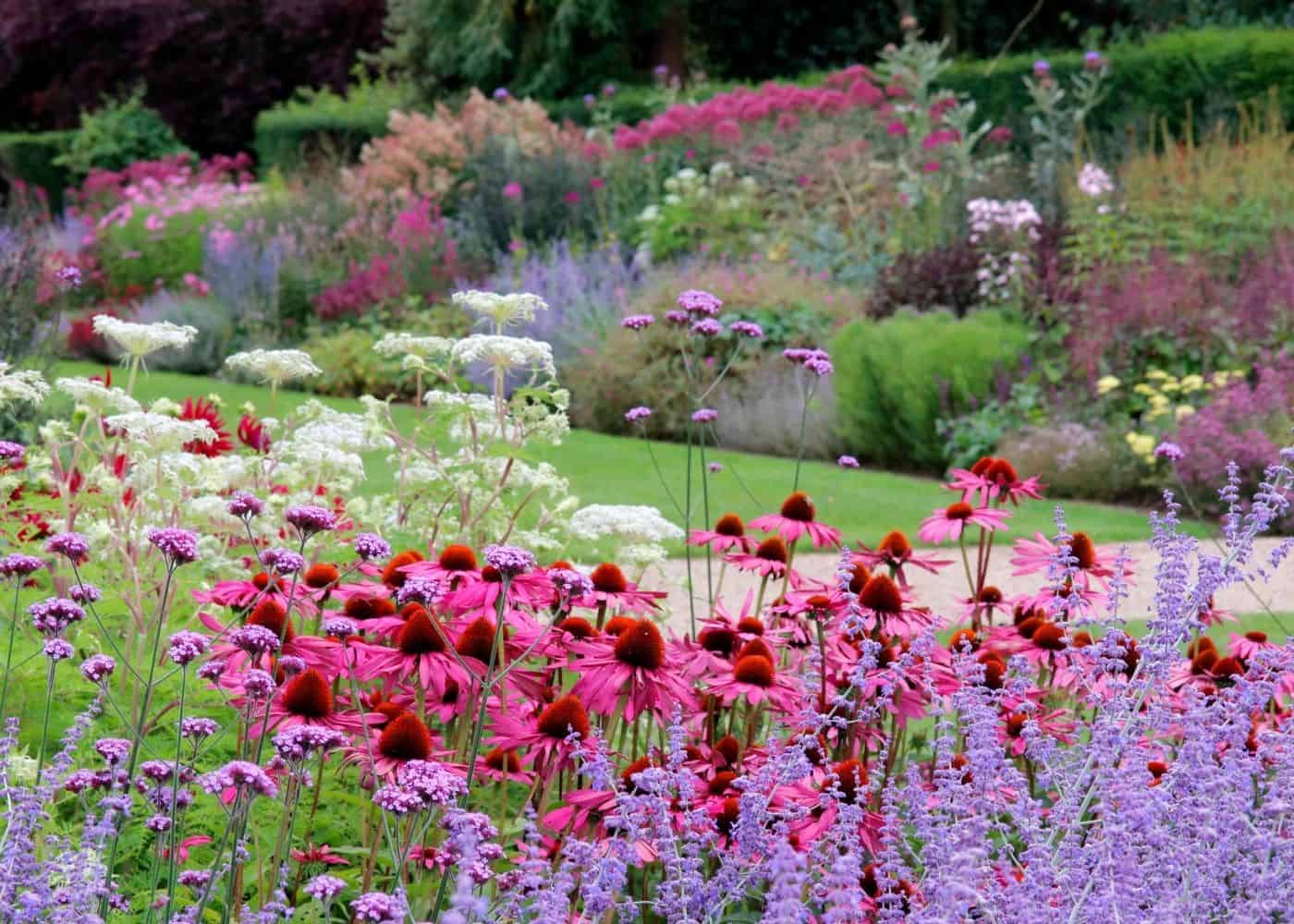
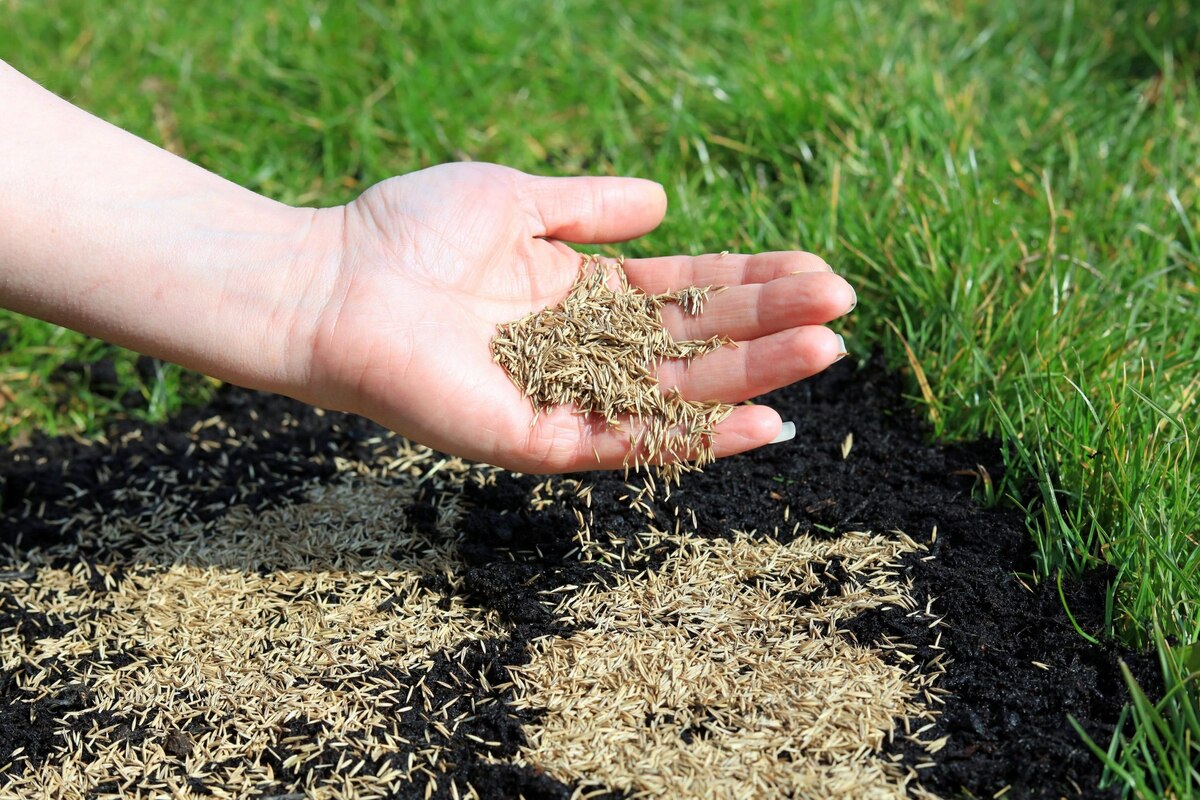

0 thoughts on “How To Plant Ornamental Grass”